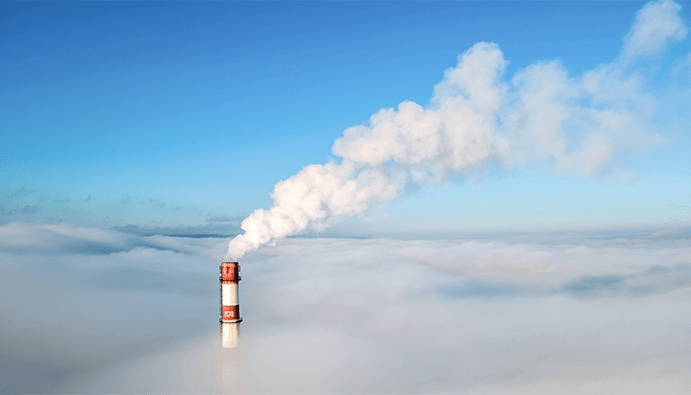Velocity and Flow Rate of Gas Flows in Chimneys
Flue Gas Stationary Source Emissions - Measurement of Velocity and Flow Rate of Gas Flows in Chimneys

What is TS ISO 10780 Standard?
TS ISO 10780 defines the methods used to accurately measure the velocity and flow rate of gas flows in pipes. These measurements are important for assessing the environmental impact of emissions from point sources. The standard includes techniques and methods to determine the accuracy of gas flow in pipes and to make accurate emission calculations.
Measurement of gas flow rate and flow rate is important both to ensure compliance with environmental regulations and to optimize energy efficiency. These measurements are especially applied in industrial plants, factories, power plants and other production processes.
Scope and Application Areas of TS ISO 10780 Standard
TS ISO 10780 specifies the general methodology for measuring gas flows in pipes. This standard can be used in the following areas:
- Emission Monitoring in Industrial Plants: It is widely used for monitoring flue gas emissions in factories and power plants. Accurate measurement of the velocity and flow rate of gas streams in these facilities plays a critical role in reducing environmental impacts.
- Environmental Protection and Air Quality Monitoring: Measurement of gas flow rate is necessary to monitor emissions and protect air quality. Measuring the accuracy of gas flows in pipes helps prevent the spread of environmental pollutants.
- Power Plants and Heating Systems: Accurate measurement of gas velocity and flow rate is important to ensure efficient energy production in power plants. Efficiency can also be increased by making accurate measurements in thermal processes and steam power plants.
- Emission Control in Treatment Plants: Accurate gas flow measurements are used to treat waste gases and reduce emissions. TS ISO 10780 is a reliable reference for monitoring these processes.
Gas Flow Rate and Flow Measurement Methods
The TS ISO 10780 standard includes several basic methods for measuring gas flow rate and flow rate. These methods are used to accurately calculate the velocity of gases in pipes:
- Pitot Tube Method: Pitot tube is a common tool for measuring gas flow rate. Placed inside the pipe, this tube measures static and dynamic pressure differences. These differences are used to calculate the velocity of the gas.
- Thermal Anemometers: Thermal anemometers are another common technique used to measure gas flow. These devices detect the change in heat depending on the velocity of the gas in the pipe and this information is used to determine the flow rate of the gas.
- Ultrasonic Flow Meters: Ultrasonic flow meters use sound waves to measure the velocity of gas in a pipe. This method offers high precision for measuring liquid and gas flows and is also suitable for environmental emission monitoring.
- Differential Pressure Measurement Method: Differential pressure measurement is another common method used to determine the flow of gas. In this method, the pressure is measured at two different points in the pipe and this difference is correlated to the flow rate.
Nanolab Laboratories Group continues to provide services within the scope of Measurement of Velocity and Flow Rate of Gas Flows in Chimneys. We also provide services in Emission - Imission Measurements.
Contact us for more information.
You can follow us on LinkedIn for up-to-date news and posts about our services.
Follow our Instagram account to be informed about our latest blog posts.

